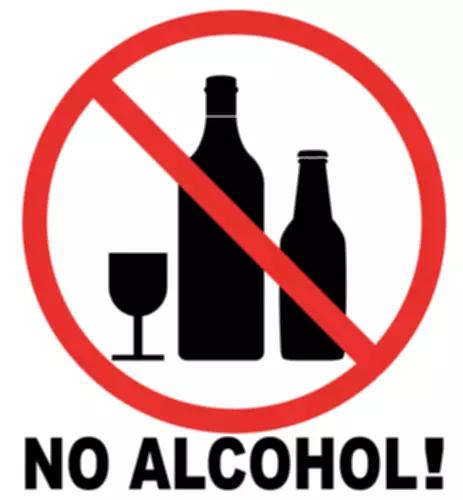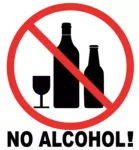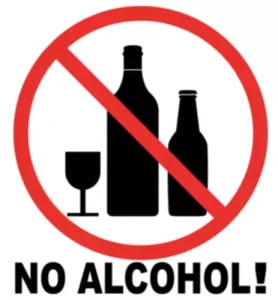
Numerous studies have shown that most people who live in sober homes after attending treatment have low rates of relapse and are able to live productive lives. Sober living homes are realistic, cost-effective living environmentsr for people in recovery. Despite these challenges, it is important to note that the benefits of living in a sober home often outweigh the difficulties.
- At this level, a house manager may reside in the house and will typically be a peer in long-term recovery.
- Some programs created halfway houses where clients could reside after they completed residential treatment or while they attended outpatient treatment.
- For some individuals, the limited structure offered by freestanding SLHs could invite association with substance using friends and family and thus precipitate relapse.
- There are also plenty of independent sober living houses that have not changed their protocols much since the late 1940s when these residences came to be.
Effectiveness of Going to a Sober Living House

By providing separate homes, facilitators can provide gender-specific care to improve the chances of success. Today, most sober homes are unregulated, but some homes are part of larger organizations such as Oxford House, the Florida Association of Recovery Residences or the New Jersey Alliance of Recovery Residences. Prices vary depending on location, living arrangements, and program offerings. Typically, the cost is about the same as living in a modest apartment or home.

Individual Therapy for Addiction Treatment
- If you’re looking for other options, our rehab directory can help you search through facilities that help provide sober living homes throughout the U.S.
- Sober living homes offer a transformative and supportive environment for individuals who are seeking sobriety and recovery.
- Recovery journeys can be long and involve several attempts in order for people to resolve their problems.
- We’ll be able to tell you if your insurance provider is in network with an American Addiction Centers treatment facility.
- They are designed to be a transitional space from residential treatment to mainstream society.
It includes building relationships, supporting others and practicing healthy ways to overcome triggers. American Addiction Centers (AAC) offers sober living arrangements nationwide at Resolutions – Recovery Residences. Mutual accountability was “an important driver of behavior” with a sense of responsibility for others being highlighted as key. This struck me as being very similar to living in a therapeutic community model of rehab. Stigma and shame became less powerful in sober living, and the group looked out for each other.
- Read on to learn more about sober living houses, including how they function, whether one may be right for you or a loved one and how to find a reputable facility in your area.
- Sober transitional living spaces like sober homes can help you by limiting your access to drugs and alcohol.
- It is important for individuals considering a sober living home to weigh these potential cons against the potential benefits and their individual needs.
- We offer private, professional behavioral health care at facilities around the country.
Common House Rules of Sober Living Homes
All sober houses have a zero-tolerance policy regarding the use of drugs or alcohol. Some recovery houses insist on random drug testing to ensure residents remain sober. Individuals who breach this are usually removed from the home immediately to protect the https://ecosoberhouse.com/article/how-to-stop-alcohol-shakes-tremors/ other residents.

This measure includes 9 items and was developed by Humphreys, Kaskutas and Weisner (1998) to measure the strength of an individual’s affiliation with AA. The scale includes a number of items beyond attendance at meetings, including questions about sponsorship, spirituality, and volunteer service positions sober living homes at meetings. Two additional measures were included as covariates because they assess factors emphasized by as important to recovery in SLHs.
What Rules Apply in a Sober Living House?
Sober living homes are typically located in secure, serene neighborhoods to provide a stable housing environment. In response, policymakers have attempted to create laws allowing states to regulate sober living homes. Residents may first move into homes with high levels of support and then transition to homes with lower levels of support. A 2006 study published in the American Journal of Public Health found that most Oxford House residents stayed more than a year, but some residents stayed more than three years.
- Substance abuse professionals at the sober living house ensure safety and well-being by conducting random drug tests and enforcing a curfew.
- Someone living in a halfway house is under the supervision of probation or parole.
- Sober Living Homes and Supportive Housing Programs are more than just recovery tools.
- In addition to studying a larger number of offenders, we hope to explore an innovative intervention designed to improve outcomes for these residents in terms of employment, arrests, and other areas.
- They provide a structured environment where patients can continue to grow and thrive.

There are several limitations to the study that are important to consider. First, we could not directly compare which type of SLH was most effective because there were demographic and other individual characteristics that differed between the two types of houses. Second, individuals self selected themselves into the houses and a priori characteristics of these individuals may have at least in part accounted for the longitudinal improvements.